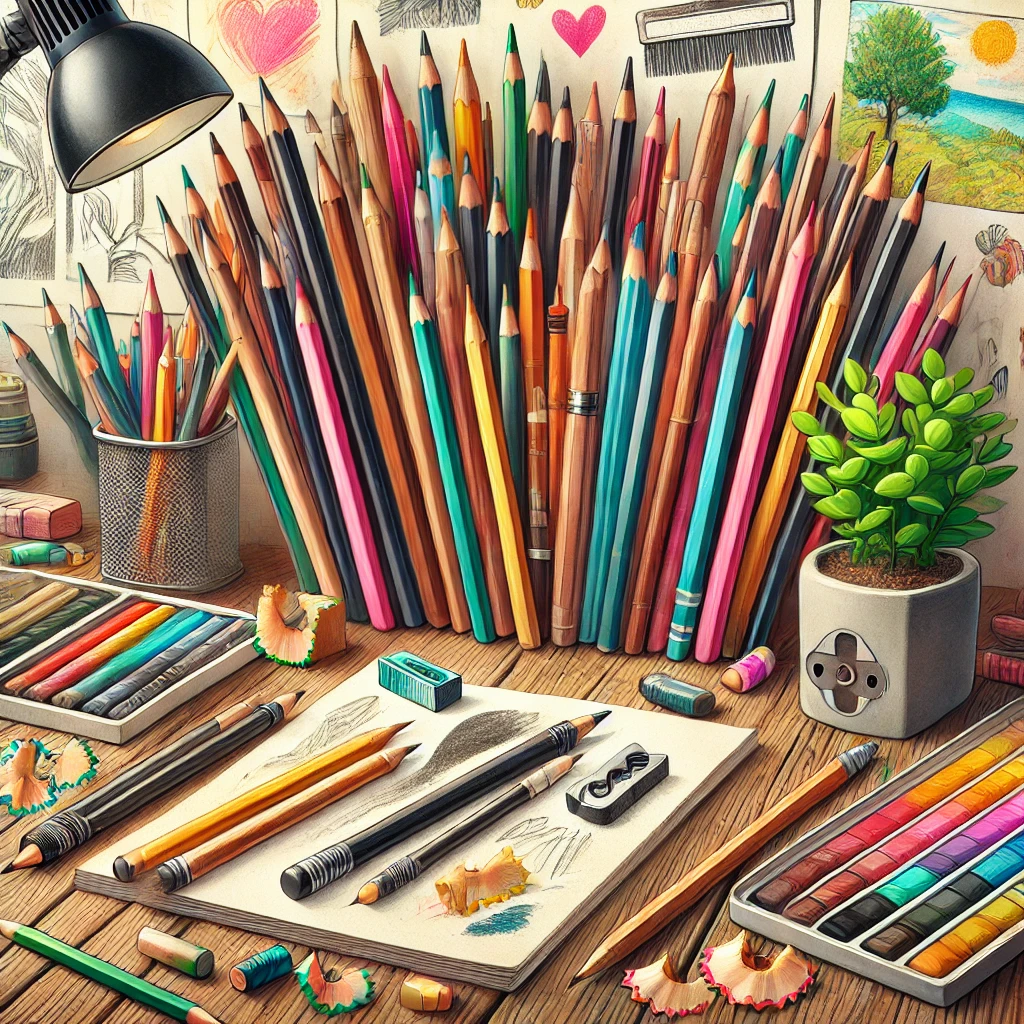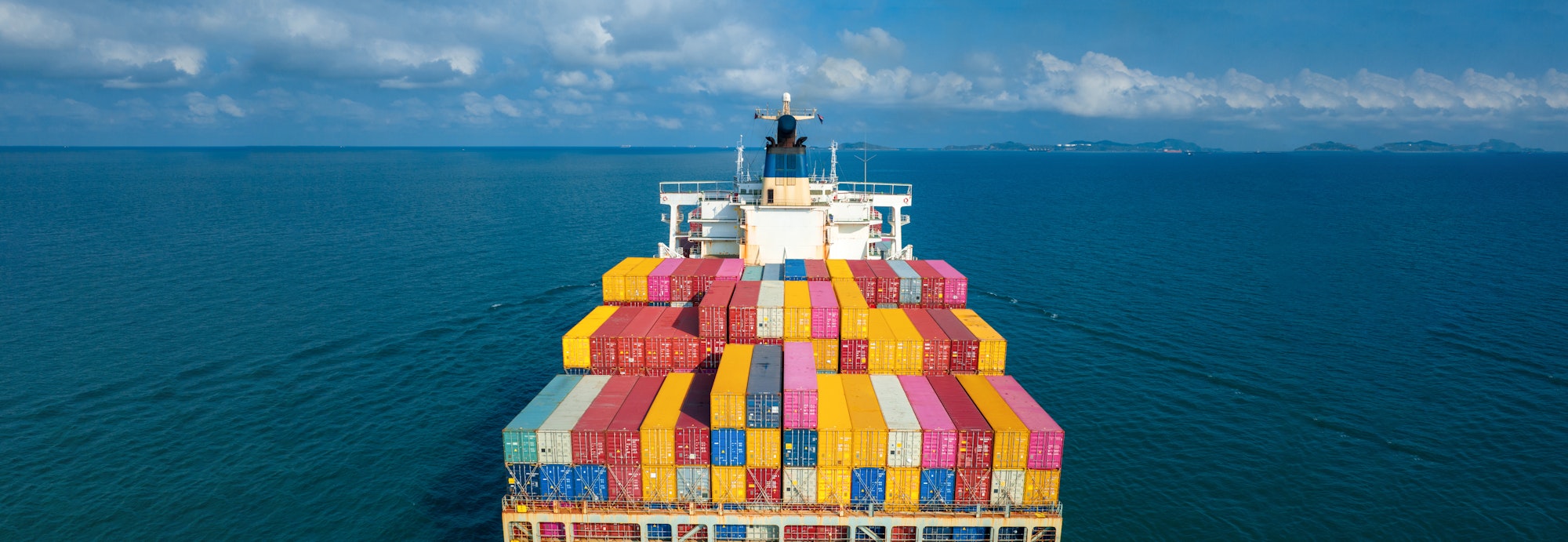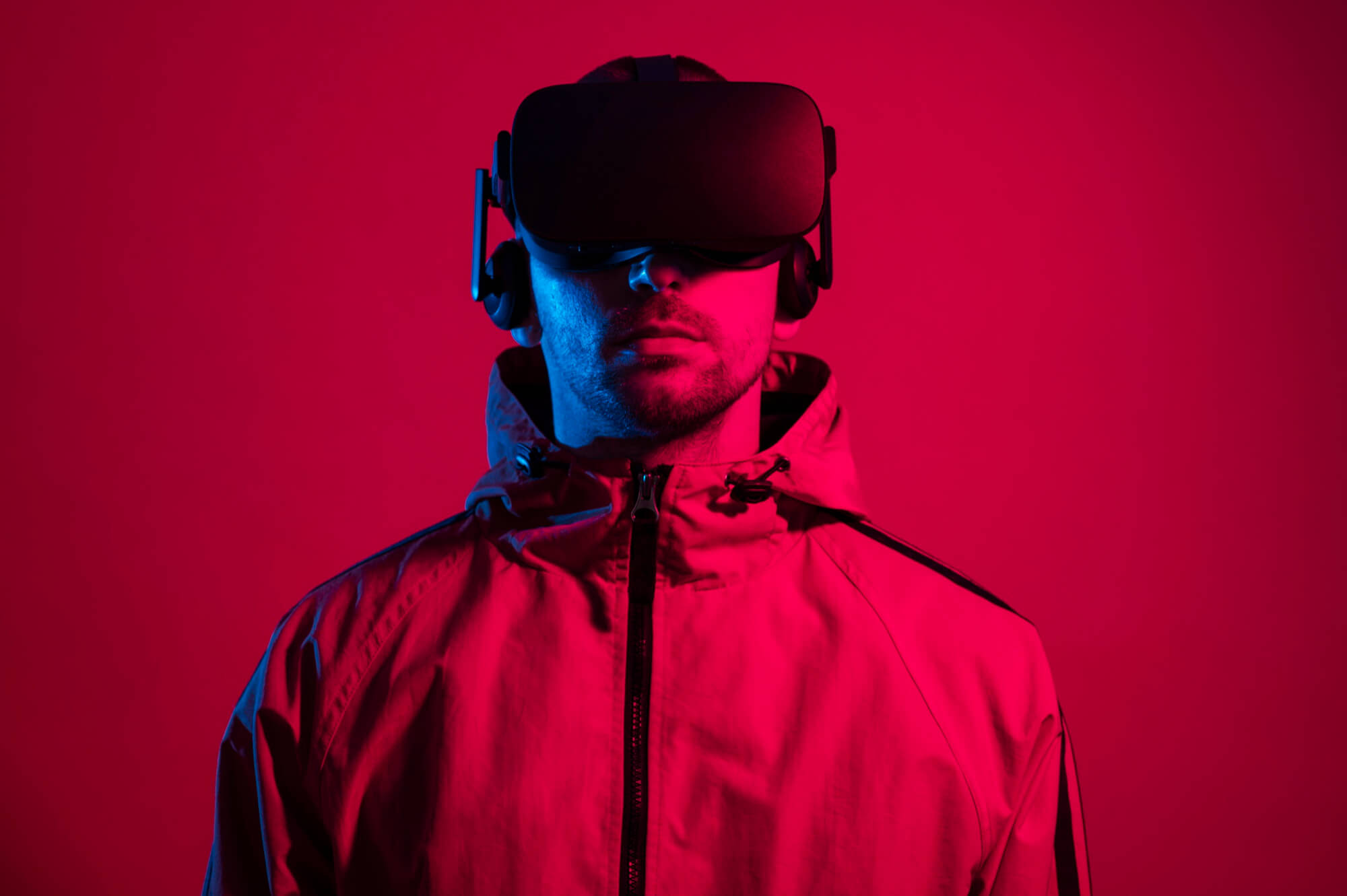By Amelia Whitmore
In the realm of artistic tools, few instruments are as humble yet versatile as the pencil. From the first tentative sketches to the final flourishes of a masterpiece, pencils have been the silent companions of artists, writers, and thinkers throughout history. As we delve into the world of pencils, we uncover their rich history, diverse types, and the ways they continue to inspire creativity while promoting sustainability.
A Brief History of Pencils
The pencil’s journey begins in the 16th century when a significant deposit of graphite was discovered in Borrowdale, England. Initially thought to be a form of lead, this material was soon found to be ideal for marking sheep. The discovery led to the development of the first pencils, which were simply sticks of graphite wrapped in string or sheepskin.
By the 17th century, pencils had evolved, with wood casings becoming the standard. The modern pencil emerged in the 18th century when Nicolas-Jacques Conté developed a method of mixing powdered graphite with clay to create different grades of hardness, paving the way for a broader range of artistic and practical applications.
Types of Pencils
Pencils come in various forms, each suited to different tasks and preferences:
- Graphite Pencils: The most common type, ranging from soft (B) to hard (H) grades.
- Colored Pencils: These use pigments mixed with a binder, allowing for vibrant, colorful artwork.
- Mechanical Pencils: Favored for their precision and convenience, using replaceable leads.
- Charcoal Pencils: Made from compressed charcoal, ideal for dramatic, bold artwork.
- Watercolor Pencils: These transform into watercolor paintings when water is applied.
Pencils and the Environment
Beyond their creative uses, pencils have a significant environmental advantage over many other writing and drawing tools. Traditional wooden pencils are biodegradable and often made from sustainable wood sources. Many companies now use certified sustainable wood, ensuring forests are managed responsibly.
Mechanical pencils, though not biodegradable, reduce waste by allowing users to replace the lead instead of discarding the entire pencil. This longevity makes them a sustainable choice for those who require precision and durability in their work.
The production of pencils also has a relatively low environmental impact compared to plastic pens and markers. Innovations in pencil manufacturing, such as using recycled paper for pencil casings, further enhance their eco-friendliness.
Conclusion
The pencil, in its various forms, continues to be a cornerstone of creativity and sustainability. Its rich history, adaptability, and minimal environmental impact highlight its importance as a tool for expression and innovation. Whether you’re an artist sketching a new masterpiece, a student taking notes, or a designer drafting the next big idea, the pencil remains a steadfast companion, ever ready to bring your visions to life while being kind to our planet.
For those looking to explore a variety of pencils, check out this selection on Amazon.
Amelia Whitmore is an experienced content strategist and the driving force behind ‘The Now Report.’ With a background in journalism and digital media, she specializes in crafting compelling narratives that resonate with diverse audiences.





